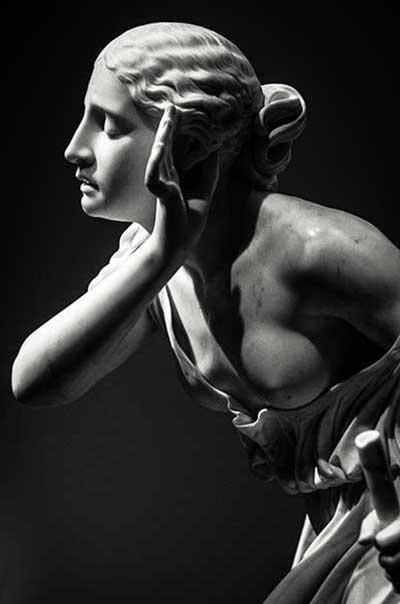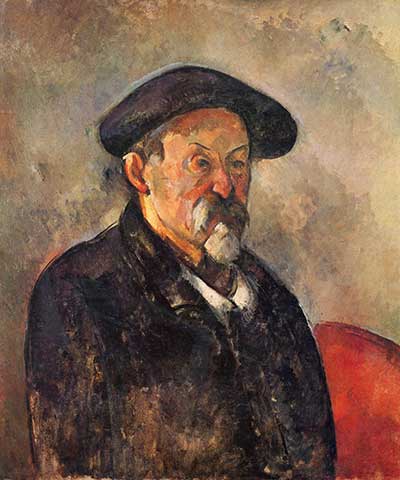
Licence Artwork:
Public domain
Paul Cézanne between truthfulness and expression
Paul Cézanne was born in 1839 and grew up in a wealthy religious family. His father, the co-founder of a banking firm, wished to leave the family’s financial responsibility to his son. His mother gave him confidence and courage and supported him in his views. Both mother and son persuaded his father to allow the young Cézanne to study painting and establish an artistic career. On the other hand, to satisfy his father, Cézanne started Law School but was later motivated by Émile Zola, a prominent novelist, to be an artist. Therefore he decided to pursue his creative profession. Zola’s influence on him was so significant that Cézanne could return to the legal and financial affairs as expected without his efforts. [1]
Paris Salon from the Académie des Beaux-Arts in Paris rejected Cézanne’s work in 1864 and continued refusing his works for several years. [2] A French Newspaper described how spectators humiliated his works at the exhibition. Even he was dishonoured and received offensive messages to leave Aix, his place of residence. The pain of social rejection made Cézanne’s behaviour harsh. Most often, he was distressed, confused and promptly became depressed. His intense sensitivity prevented him from extending his network among the creative societies. However, his gracious relationship with the prominent artists and his associations with art communities continued.
Paul Cézanne broke up with Zola, one of his most senior supporters, because he thought he was the subject of Zola’s novel about a failed artist. The non-acceptance by the artistic societies forced him to join other young newcomer Impressionists and associated in the first and third Impressionist exhibitions between the years 1874-77.
The Realistic Stylization of paul Cezanne
Paul Cézanne turned to bright, vibrant, and dynamic colors similar to the artistic works of his contemporaries and applied short brush strokes to offer content and volume to his desired objects. He specified bumps and depths on the surfaces with quick paint strokes, tried to accentuate the highlights and sustained the illuminated effects with his promoted complementary colors. Remarkably in Cézanne’s illustrations, the broking brush effects, a so-called pallet-knife style, create a distinguished appearance.
His concentration on objects and using the background to emphasize them became the principal manner of observing the scenes, which impressed his perspectives. Cézanne turned away from established realistic stylization. He added the reflection of his conscience to objectivity, tried artificially to illustrate the facts with his expressions and avoided the detailed, accurate representation in art.
Paul Cézanne’s paintings contain few details and describe his target explicitly with thick brushes, solidifying them with their monophonic existence. Those compact brushes fragment the exterior surfaces of objects as if they are detached and separated. These disunited brushing strokes inspired the later Analytic Cubists such as Picasso and Braque in their new creations.
Cézanne’s honest openness led him to be faithful to his views, and he positioned his artwork authentically at the intersection of truthfulness and expression. The layouts of the still-life nature of fruits, curtains, table-tops, and everyday objects captured the painter’s attention. [3] Evidently, Cezanne’s panoramic views launched an influential chapter of Impressionist landscape painting.
Cézanne helped build the transition’s foundations from the 19th-century art styles to contemporary artistic movements in the 20th century. And this is why the great Post Impressionists of the 19th century referred to Cézanne as their past master.
Get more information on this overview page.
Text: Lalerou
© Copyright. All Rights Reserved
1- The Inseparables, Paul Cézanne and Émile Zola. (n.d.). Return of a Native. Retrieved February 23, 2023, from https://returnofanative.com/stories/the-inseparables-paul-cezanne-and-emile-zola/
2- Paul Cézanne (1839-1906). (n.d.). Impressionism. Retrieved February 24, 2023, from https://www.impressionism.nl/cezanne-paul/
3- Cézanne’s Still Lifes. (n.d.). National Gallery of Art. Retrieved February 25, 2023, from https://www.nga.gov/learn/teachers/lessons-activities/sense-of-place-france/cezanne.html
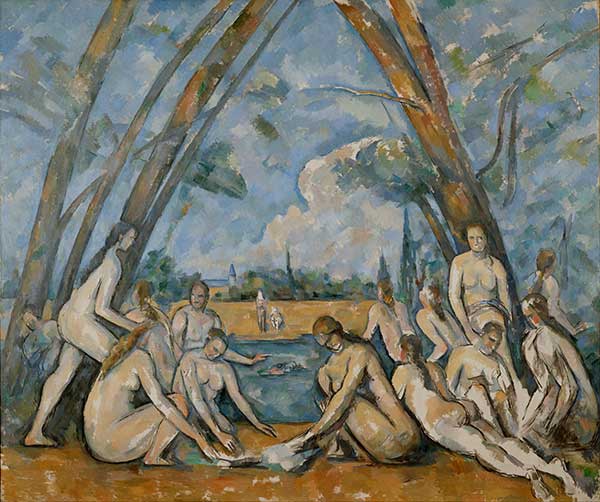
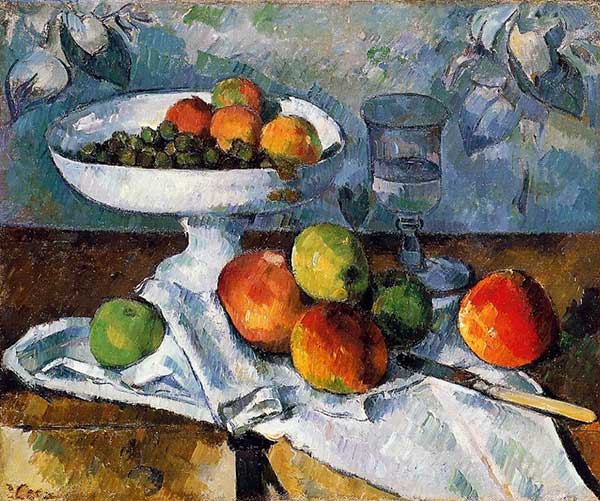
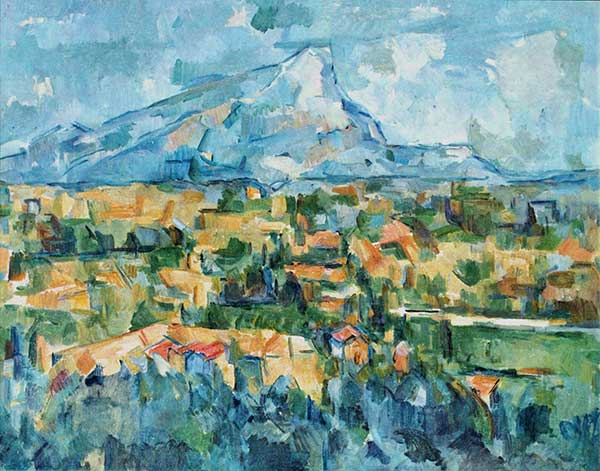
Montagne Sainte-Victoire,
par Paul Cézanne 108
Source: The Yorck Project
distributed by DIRECTMEDIA
Public Domain, WikimediaCommons
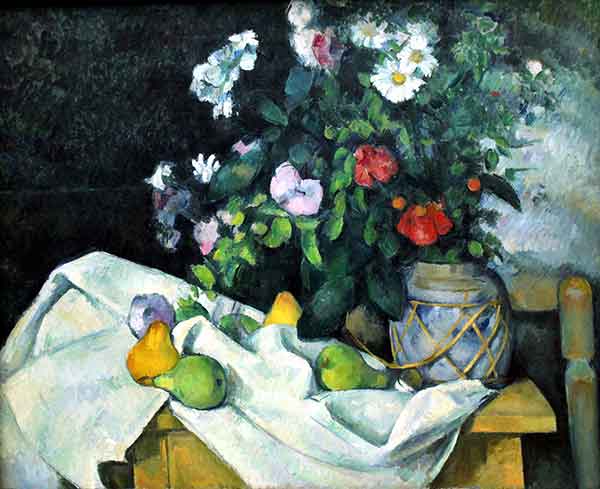
Alte Nationalgalerie, Paul Cézanne,
Stillleben mit Blumen und Früchten
Public Domain, WikimediaCommons
- Category: Modern Art Styles In Painting
Vintage
Vintage
Ornamental
